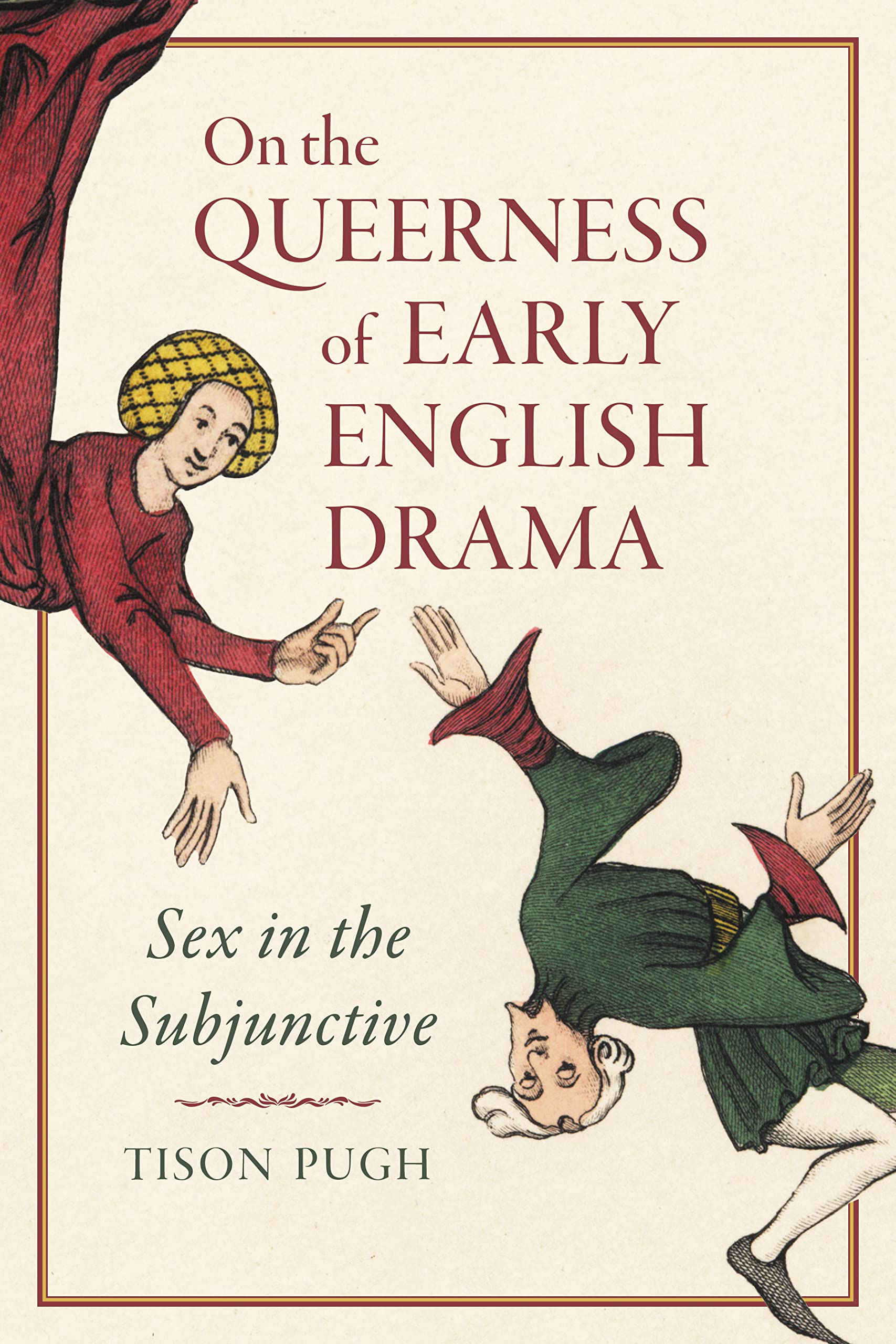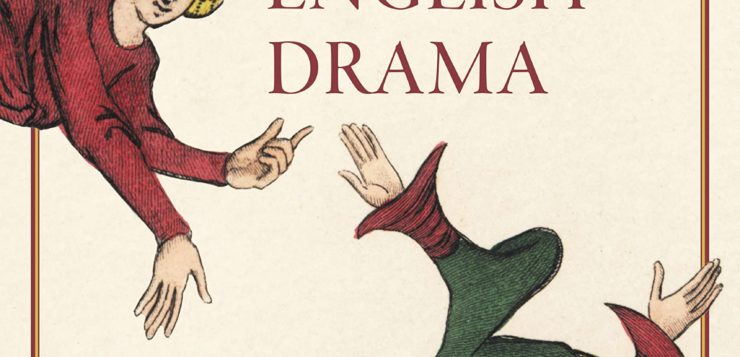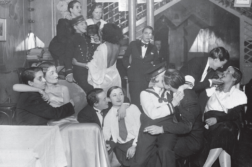 ON THE QUEERNESS OF EARLY ENGLISH DRAMA
ON THE QUEERNESS OF EARLY ENGLISH DRAMA
Sex in the Subjunctive
by Tison Pugh
Univ. of Toronto Press. 256 pages, $65.
THEATER is an art form that most of us would not associate with the Middle Ages. The early medieval Catholic Church condemned theatrical productions and prohibited the faithful from attending them. Various councils of the Church forbade clergy from viewing performances of mimes and stage plays. As a result, drama virtually disappeared from the historical record from the 5th to the 8th century, returning in the early 9th century in the Easter liturgical form of the Quem quaeritis, in which an angel appears before the tomb of Christ and asks the Three Marys, “Whom do you seek?” The women answer “Jesus,” and the angel proclaims that He has risen and the women rejoice and praise God. Since monks played all the roles in these proto-dramas, including the Three Marys, Pugh argues that these liturgical rituals, by incorporating cross-gender performance and costuming, “shifted the course of the Catholic liturgy and of Western theater, and its inherent queerness could not be eluded.” From this observation, Pugh proceeds to read the major texts of medieval drama in ways that open them up to queer interpretations.
On the Queerness of Early English Drama is divided into two parts. The first, “Queer Theories and Themes of Early English Drama,” provides the theoretical underpinning of Pugh’s analyses of the plays discussed in the second part, “Queer Readings of Early English Drama.” The book aims to uncover and interpret both male and female homosexual desire as portrayed in the major forms of medieval theater: liturgical drama, morality plays, secular interludes, and the mystery plays from the York Corpus Christi cycle. The subtitle, “Sex in the Subjunctive,” refers to Pugh’s methodology, which involves the use of grammar, specifically the subjunctive mood, which denotes behaviors that are desired or wished for but not acted upon. In the two theoretical chapters that explain the methodology governing his close readings of specific texts, Pugh identifies “four clusters of potential queerness”: dialogue, characters, performance, and scopophilia (literally the love of looking, usually at human objects of desire).
Nils Clausson is emeritus professor of English at the University of Regina (Canada).







